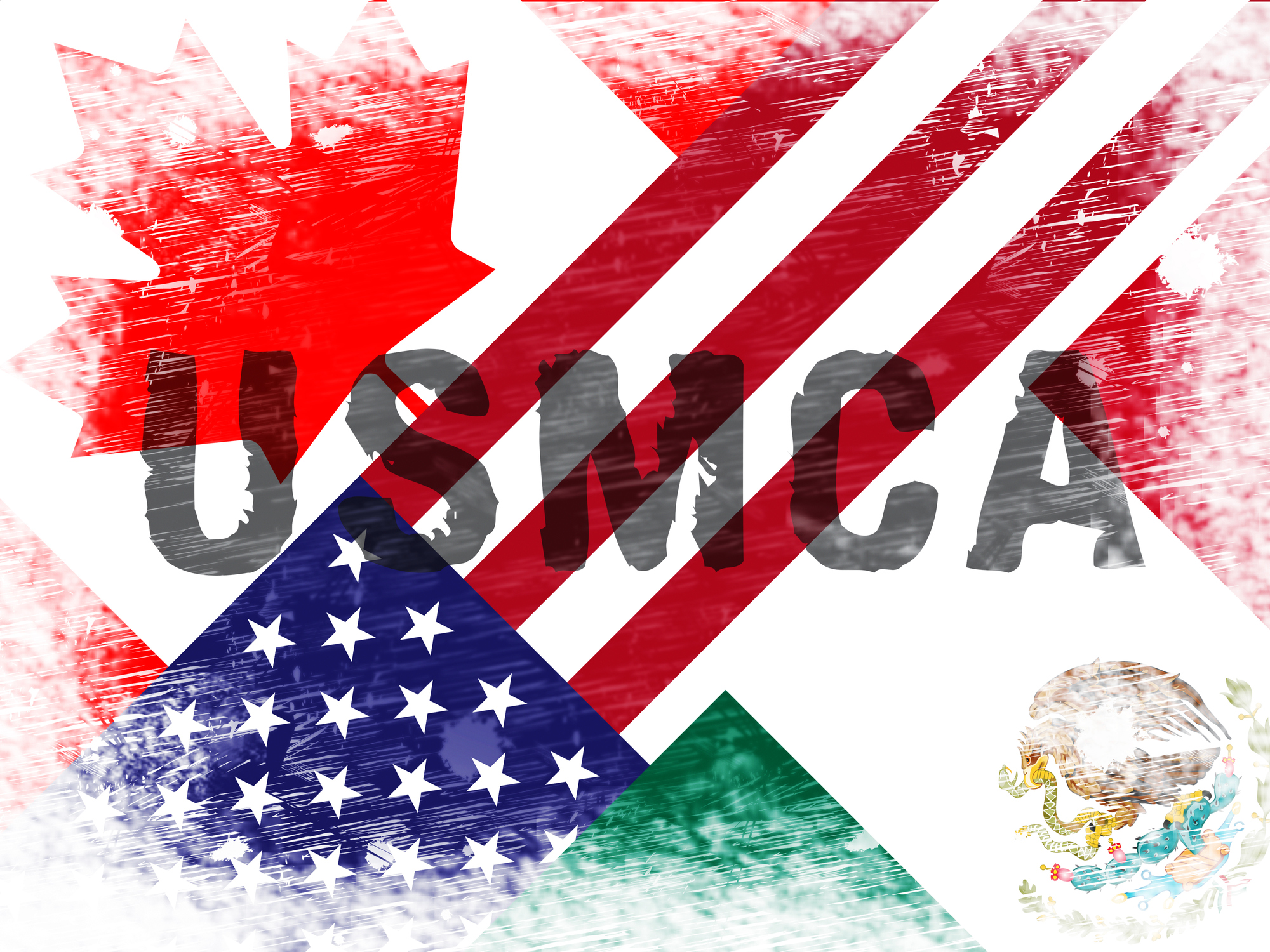Starting on July 1, 2020 the U.S.MCA, known as CU.S.MA (Canada-United States-Mexico Agreement) in Canada and T-Mex (Tratado entre México, Estados Unidos y Canadáin) in Mexico—is designed to improve and increase trade flow and efficiency among North America’s three largest trading partners making for a fairer trade policy between the nations. The attempt to create an egalitarian facilitation of trade rules is evident in the updates coming next month. Between updates to the de minimis, regional value content, and labor rules, the impetus to provide a more level playing field is obvious. The opening of Canadian dairy markets to U.S. producers and enhanced protections to intellectual property, reductions of trademark terms and uniform portals to update the Customs requirements, the biggest equalizer might be the reduction of criteria required for Certificates of Origin, which benefits companies who may not have access to exact documentation, but have enough information to provide a compliant portion of the necessary documentation.
Starting with de minimis increases from 7% to 10%, Canada minimums will be (CAD)$150 Customs / (CAD)$40 taxes; Mexico minimums will be (U.S.D)$117 Customs and (U.S.D)$50 taxes; while the U.S. is (U.S.D)$800. The Automotive RVC (Regional Value Content) increases from 62.5% to 75% with three categories of types of parts included. Core parts require an RVC of 75%, principal parts 70%, and complementary parts at 65%. Automotive labor pay requirements equaling $16 per hour on 40% of automobiles and 45% on light trucks are also included to level the playing field for workers impacted by the trade agreement.
Certificates of Origin are no longer required to be produced by importers in a formal declaration; commercial invoices are valid documentation for this purpose. The documentation itself can be created by exporters, producers or importers in French, English, or Spanish and isn’t required for importations valued at $2500 or less, provide the value isn’t part of a series that’s been divided specifically to subvert the regulations. Regarding the format of the documentation, there can be one item or multiple per certificate, it may be submitted electronically, and there is no prescribed format required.
While this blog is in no way an exhaustive explanation of the changes, Coppersmith recommends a thorough review and update to processes, documentation, and information before the implementation. If you have questions or need guidance, your Coppersmith representative is ready to help you navigate this new agreement.
